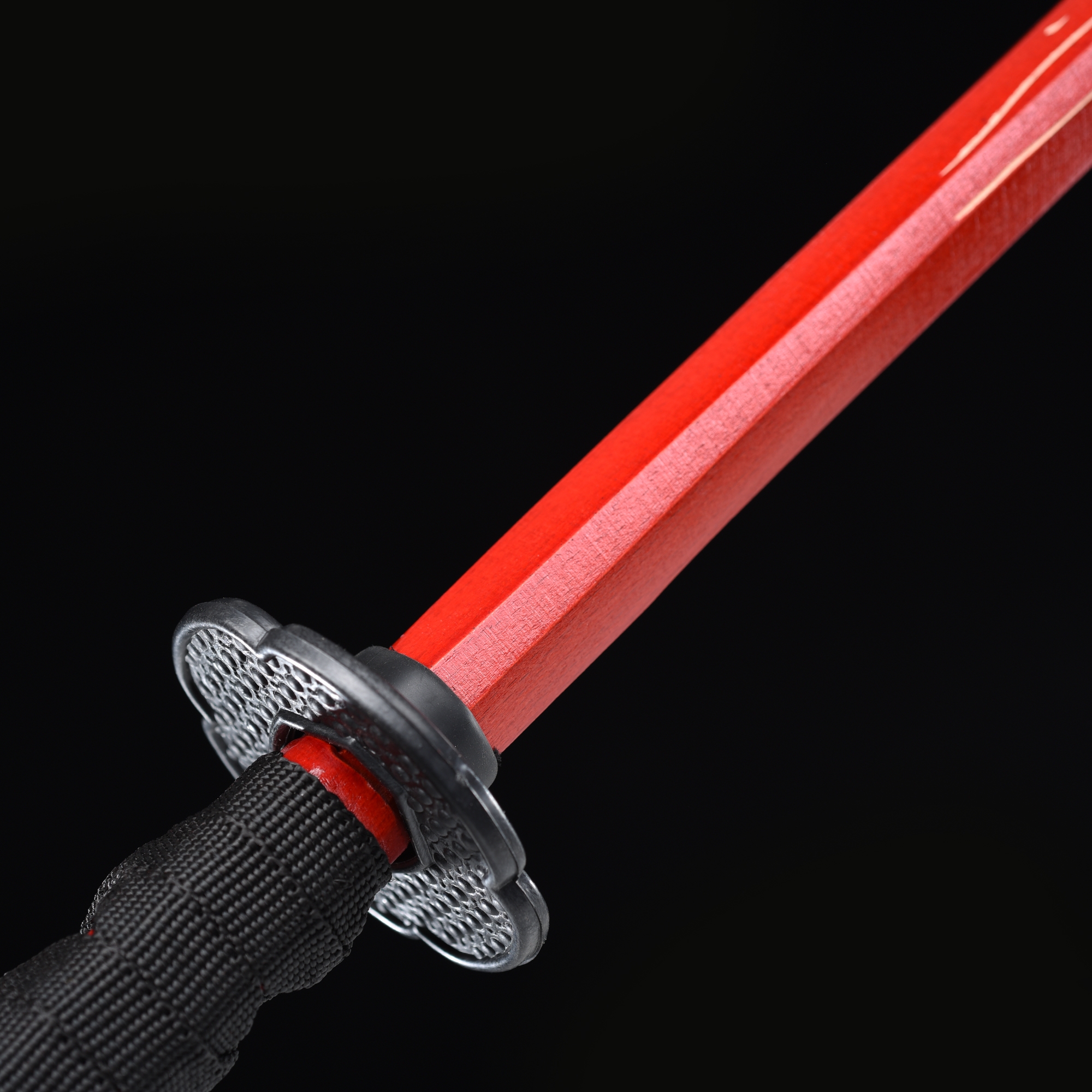
#Iaido sword style full#
In 2003 the ZNKR Iaido Council added two more kata to complete the full set of 12 kata, known today as the Zen Ken Ren Iaido or ZNKR Iaido. In 1981, three more kata were introduced. In 1969, the first set of 7 kata were introduced at the Kyoto Taikai martial arts festival at the Budokuden. Twelve top Iaido instructions from various schools were asked to form a group to develop this standardized set, drawing upon the knowledge and techniques of their own koryu (the old being made new).

Ranks were established but the difficulty of comparing one style of Iaido to another in gradings led to the creation of a “representative set” (seitei gata) for the purpose of gradings and competitions. In 1953 when the post war ban on martial arts was lifted, instruction in Iaido resumed, primarily, although not exclusively, under the ALl Japan Kendo Federation (ZNKR) which supports Kendo, Iaido, and Jodo. Other ryu were also inspired by Hayashizaki, such as Hoki ryu, Tamiya ryu and Shin Muso ryu. Hayashizaki was the founder of the Tosa Iai school, which eventually split becoming Muso Shinden ryu and Muso Jikiden Eishin ryu. However, Hayashizaki travelled broadly, spreading his knowledge widely throughout Japan and as a result many Iaido schools were influenced by him. The person considered to the “father of Iai” is Hayashizaki Junsuke Shigenobu, who lived in the late 1500s, although clearly he was not the only swordsman to develop Iai techniques (eh Tenshin Shoden Katori Shinto ryu Iai techniques predate Hayashizaki). The exact origins of Iaido is not entirely clear but it is apparent that samurai began to develop iai techniques once they began to wear their swords “katana” type (edge up in the obi), instead of the “tachi” style (edge down – more useful for horseback). It is also an individual art that involves the student and the sword struggling to achieve perfection of form. It is an art of precise motions with only centimeters of tolerance and split second timing. Iaido, however, is an exacting art which demands a high level of focus and mental concentration.

To the casual observer, there is not a lot to see.

The student sits or stands quietly, draws out a blade and cuts through the air all in one motion, then puts the sword back into the scabbard. The art of Iaido (pronounced ee-i-do) is elegant and would appear to be simple.
#Iaido sword style pdf#
You can also download “Introduction to Iaido” PDF here


 0 kommentar(er)
0 kommentar(er)
